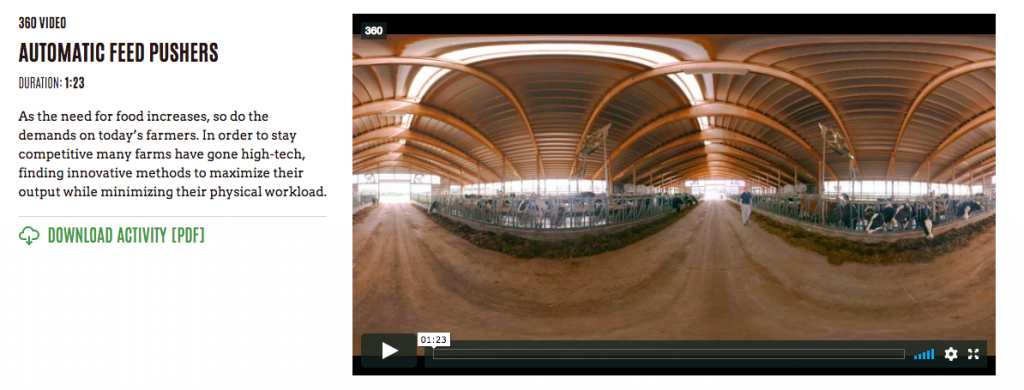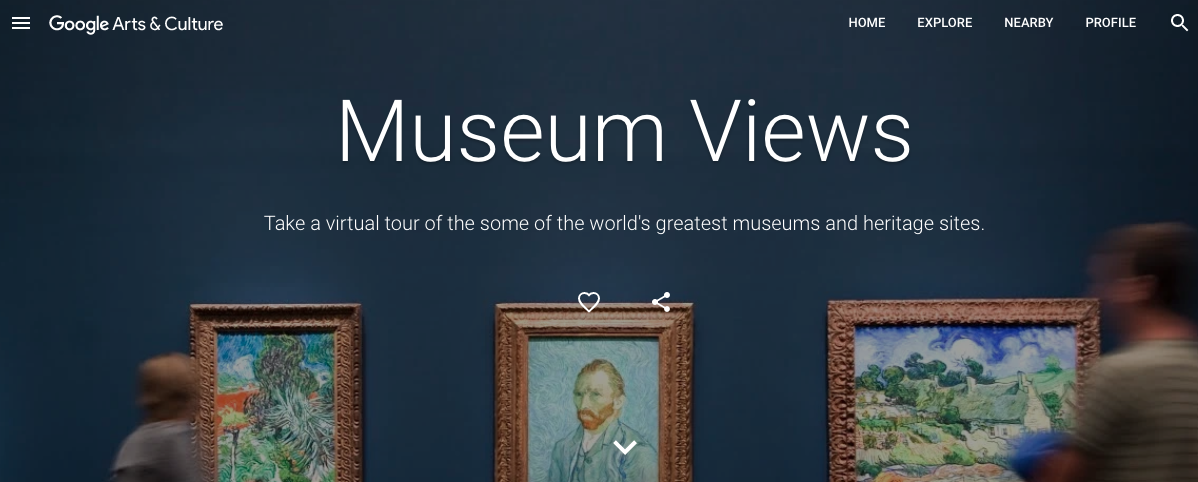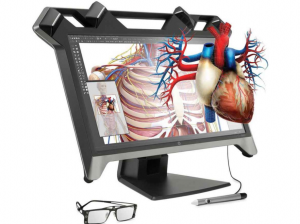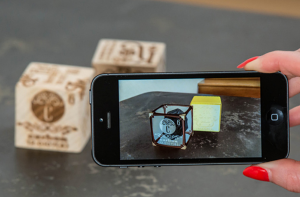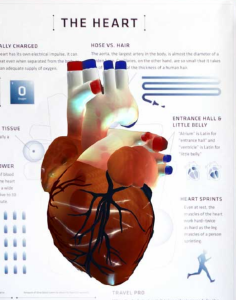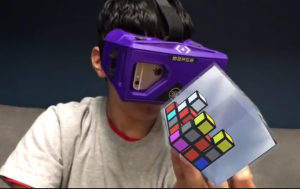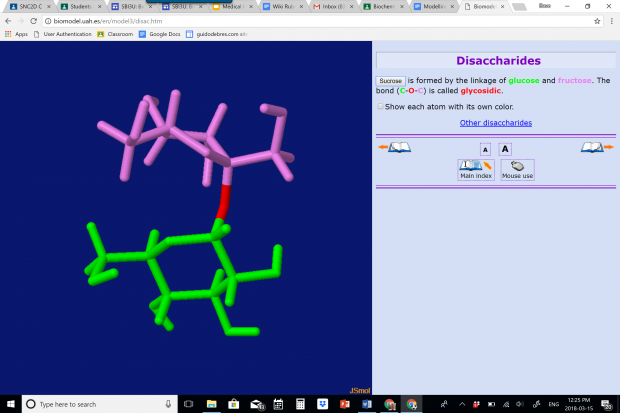Locate a math or science virtual, web-based expedition and share how you might use it with your class or with students.
This is not a web-based expedition site, rather ways drones can be used in the classroom.

https://www.k12irc.org/tools/drones.php
Drones have become increasingly cheaper and more accessible for schools to purchase them. Palaigeorgiou, G., Malandrakis, G., & Tsolopani, C. 2017 article found two major conclusions that developed from their experiment with drones. First, drone-based Virtual field trips provided a novelty effect where is learning enjoyable and captivating. Second, drone-based VFT offered a better overview of the field under examination. The researchers added that “drones certainly have a ‘wow factor’, but their learning efficiency in the different educational settings has to be examined thoroughly” (p. 342)
Palaigeorgiou, G., Malandrakis, G., & Tsolopani, C. (2017, July). Learning with Drones: flying windows for classroom virtual field trips. In Advanced Learning Technologies (ICALT), 2017 IEEE 17th International Conference on (pp. 338-342). IEEE.
